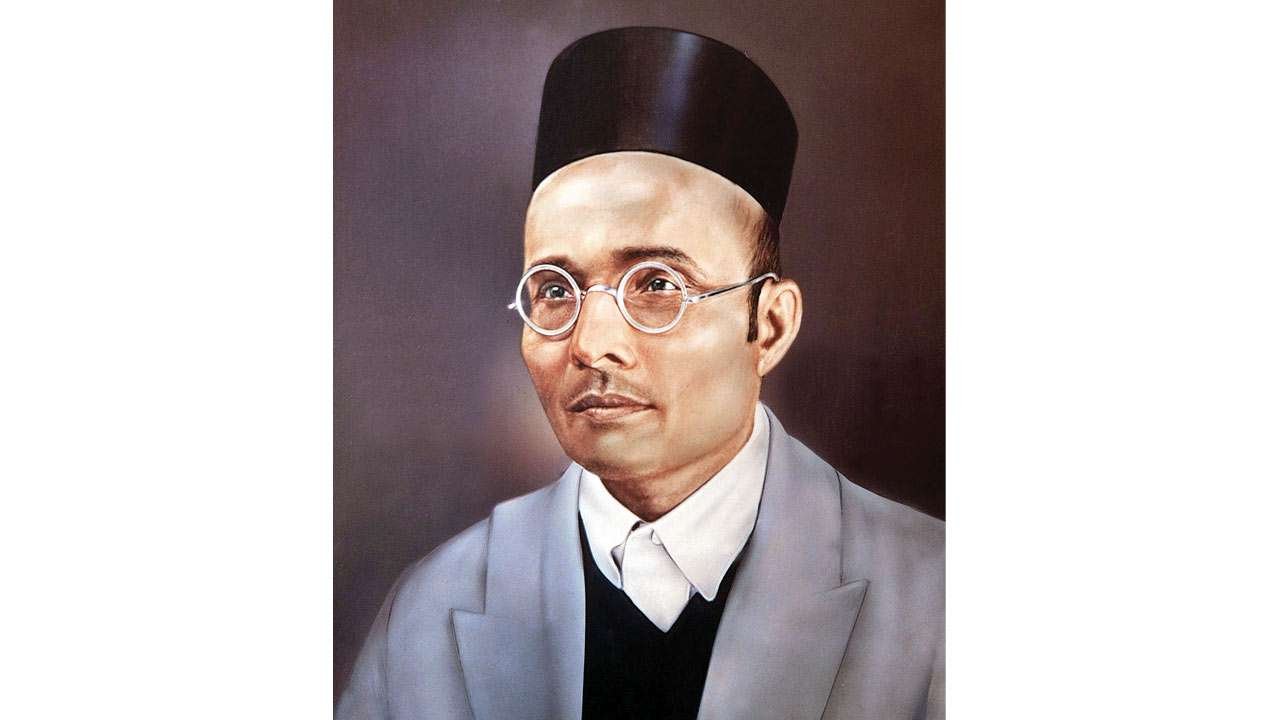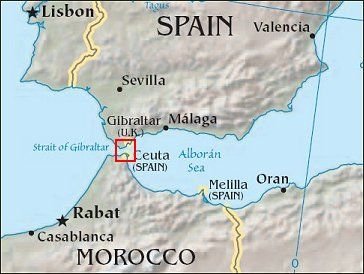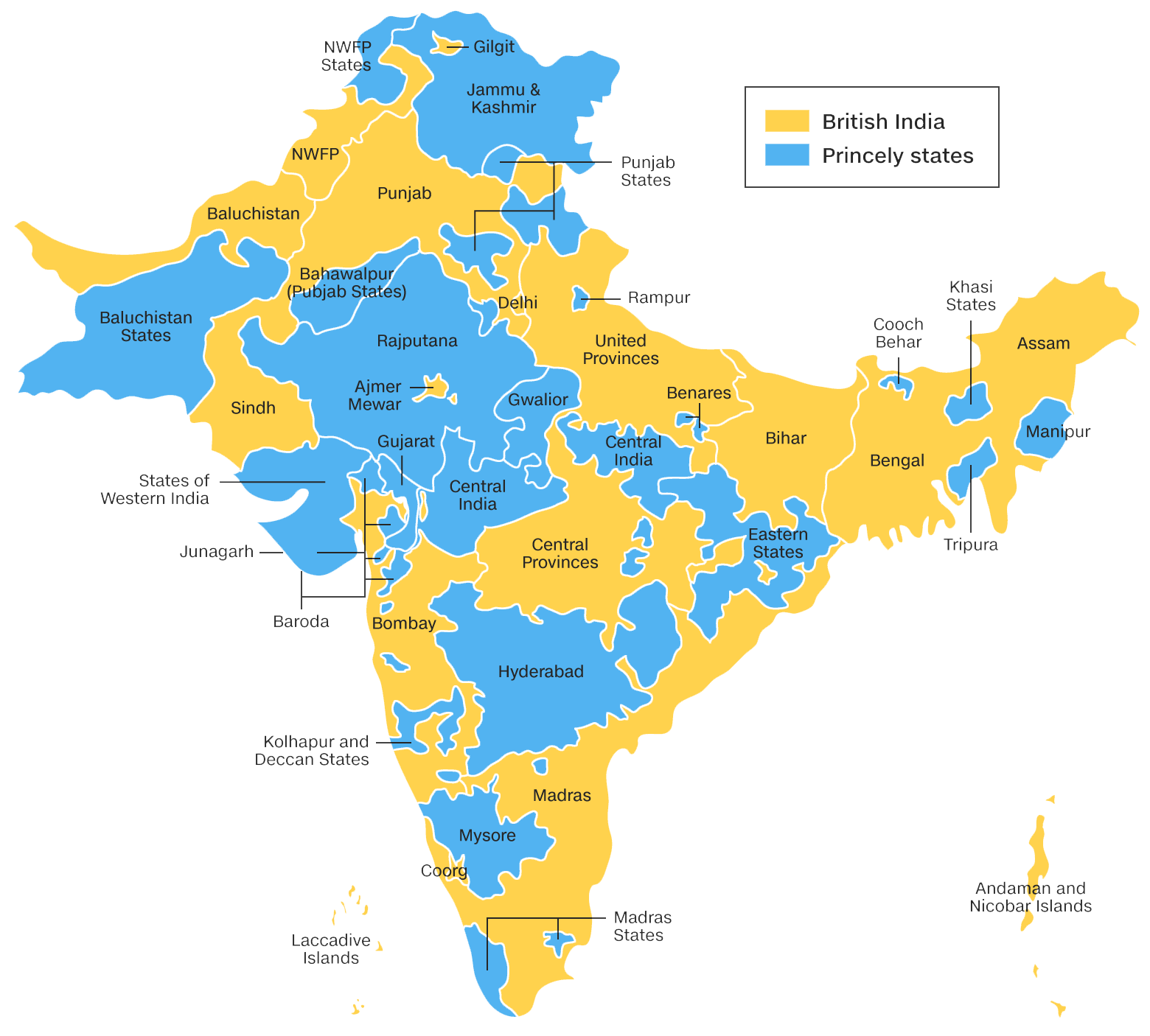
Vinayak Damodar Savarkar
Subscribers of "Current Affairs" course can Download Daily Current Affairs in PDF/DOC
Subscribe to Never Miss an Important Update! Assured Discounts on New Products!
Must Join PMF IAS Telegram Channel & PMF IAS History Telegram Channel
- Context (PIB): Prime Minister paid tributes to Veer Savarkar on his Punya Tithi.
- Vinayak Damodar Savarkar was born in 1883 in Bhagur village of Nashik, Maharashtra to father Damodarpant and mother Radhabai.
- He was educated at the local Shivaji High School and completed his bachelor’s degree from Fergusson College in Pune and went to England to study law at the Gray’s Inn Law College.
- He was regarded as a freedom fighter, politician, lawyer, social reformer, and the founder of the Hindutva philosophy.
- He was given the title of ‘Veer’ as he was a courageous person who fought for his ideologies.
- He was the first to acknowledge the mutiny of 1857 as the first struggle for Independence.
- He founded the two-nation theory in his book ‘Hindutva’ calling Hindus and Muslims two separate nations. In 1937, Hindu Mahasabha passed it as a resolution.
- In 1948, he was charged as a co-conspirator in the assassination of the Father of Nation, Mahatma Gandhi, but was later acquitted by the court due to lack of evidence.
- He died on 26 February 1966, at the age of 83.

Contribution to National Movement
- According to Savarkar, the liberation of the Motherland was to be achieved by a preparation for war which included the teaching of Swadeshi, boycott of foreign goods; imparting national education, creating a revolutionary spirit; & carrying patriotism into military forces.
- As a young man, he was inspired by Bal Gangadhar Tilak, Bipin Chandra Pal and Lala Lajpat Rai.
- Earlier in 1899, when he was just 16 year’s old, Savarkar formed Mitra Mela, a group whose principal aim was to attain the complete political independence of India.
- The name of the group was later changed to Abhinava Bharat. It had a close resemblance to ‘Young Italy’ movement of Guiseppe Mazzini & that of revolutionary societies in Russia.
- He founded the Free India Society, in London, in 1906, based on the thoughts of the Italian nationalist Giuseppe Mazzini (Savarkar had written a biography of Mazzini).
- He was also a member of India House (founded by Shyamji Kishan Verma in 1905 in London).
- In early May 1907, Savarkar organized the celebration of the 50th anniversary of the Indian Rebellion of 1857 at Tilak House, London.
- He allegedly prepared handmade bombs for guerrilla warfare.
- He provided legal defence to his friend Madan Lal Dhingra, who was accused in a murder case of a British Indian army officer.
- In 1909, he was arrested on charges of plotting an armed revolt against the Morley-Minto reform (Indian Councils Act 1909). He tried to escape but was arrested.
- He arrived in the Andaman Islands in July 1911 where he stayed until 1921, when he was moved to Ratnagiri, Bombay Presidency, where he was imprisoned until 1924 and interned until 1937.
- After 1937, Savarkar continued his anti-Muslim, anti-British politics and President of the right-wing Hindu Mahasabha (he was not its founder).
- He was a strong critic of Mahatma Gandhi and the Indian National Congress.
- He opposed the Quit India struggle in 1942.
Savarkar’s Dream State
- His vision of India was one in which all citizens would have equal rights and obligations irrespective of caste, creed, race or religion, provided they avow and owe an exclusive and devoted allegiance to the State.
- All minorities were to be given effective safeguards to protect their language, religion, culture, etc. but none of them would be allowed to create a State within a State or to encroach upon the legitimate rights of the majority.
- Fundamental rights of freedom of speech, freedom of conscience, of worship, of association, etc. were to be enjoyed by all citizens alike.
- There would be joint electorates and ‘one man one vote‘ would be the general rule.
- He waged a war against casteism and untouchability and fervently wrote against the taboos regarding inter-caste marriages, sea-crossing and re-conversion.
Literary Contributions
- During his imprisonment, he wrote the book ‘Hindutva: Who Is a Hindu? (1923)’, coining the term Hindutva, which later defined the Hindu nationalist ideology.
- On the lines of the ‘Revolt of 1857’, he wrote a book titled “The History of the War of Indian Independence” which was banned by the British.
- He wrote Hindutva in Ratnagiri jail under his pen-name Mahratta.
Abhinav Bharat (Young India Society)
|




![PMF IAS Environment for UPSC 2022-23 [paperback] PMF IAS [Nov 30, 2021]…](https://pmfias.b-cdn.net/wp-content/uploads/2024/04/pmfiasenvironmentforupsc2022-23paperbackpmfiasnov302021.jpg)











